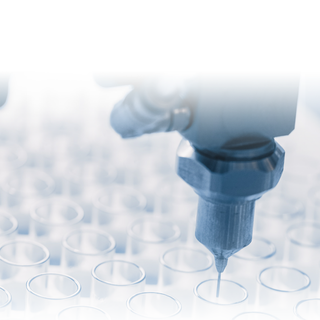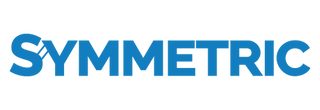

Course Description
There is a significant increase in Aseptic processing as more and more products and advance therapies are developed with biological mechanisms that are impacted by Terminal Sterilisation. The revision and implementation of EU GMP & PICS Annex 1 has significantly impacted Aseptic processing; in design, control, qualification, monitoring and product testing. It is important to understand these challenges and regulatory requirements/ trends and join the discussion on how we meet these challenges.
This 3-day online training will cover GMP regulations and regulatory expectations in Aseptic manufacturing of sterile medicinal products and ATMPs including key points in compliance to the revised EU GMP Annex 1 that encourages increased application of Quality Risk Management (QRM) principles (ICHQ9(R1)) over the product life cycle (ICHQ12). Details will be provided of manufacturing technologies to improve efficiencies and GMP compliance together with guidance on how to prepare a Contamination Control Strategy (CCS) and if required aseptic-containment strategy. The training extends into process operations covering best practices; Good aseptic technique, good Cleanroom behaviour together with good training practices (including increased use of VR (virtual reality).
The connection between Control Strategies though CMC and GMP, including Cross contamination Control strategies will be discussed for ATMPs and Biologics. Small and large molecule processing will be considered in downstream processing where bioburden control applies and connection to Aseptic process with Fill and Finish in different dose forms: Vials, Syringes, Ampoules, Cartridges and IV Bags
Course Description
There is a significant increase in Aseptic processing as more and more products and advance therapies are developed with biological mechanisms that are impacted by Terminal Sterilisation. The revision and implementation of EU GMP & PICS Annex 1 has significantly impacted Aseptic processing; in design, control, qualification, monitoring and product testing. It is important to understand these challenges and regulatory requirements/ trends and join the discussion on how we meet these challenges.
This 3-day online training will cover GMP regulations and regulatory expectations in Aseptic manufacturing of sterile medicinal products and ATMPs including key points in compliance to the revised EU GMP Annex 1 that encourages increased application of Quality Risk Management (QRM) principles (ICHQ9(R1)) over the product life cycle (ICHQ12). Details will be provided of manufacturing technologies to improve efficiencies and GMP compliance together with guidance on how to prepare a Contamination Control Strategy (CCS) and if required aseptic-containment strategy. The training extends into process operations covering best practices; Good aseptic technique, good Cleanroom behaviour together with good training practices (including increased use of VR (virtual reality).
The connection between Control Strategies though CMC and GMP, including Cross contamination Control strategies will be discussed for ATMPs and Biologics. Small and large molecule processing will be considered in downstream processing where bioburden control applies and connection to Aseptic process with Fill and Finish in different dose forms: Vials, Syringes, Ampoules, Cartridges and IV Bags

Aseptic Processing in Manufacture of Sterile Products & ATMPs
Download the full training agenda to reveal complete session details, training takeaways, case studies, daily schedule, special features and full trainer bio.

In-house Training
Looking for tailored training solution?
All of our pharma & biotech training courses can be delivered at your company premises at a time that suits you. If you can not find what you are looking for in our public training offering, our trainers and producers will develop bespoke programmes to address your training needs.





